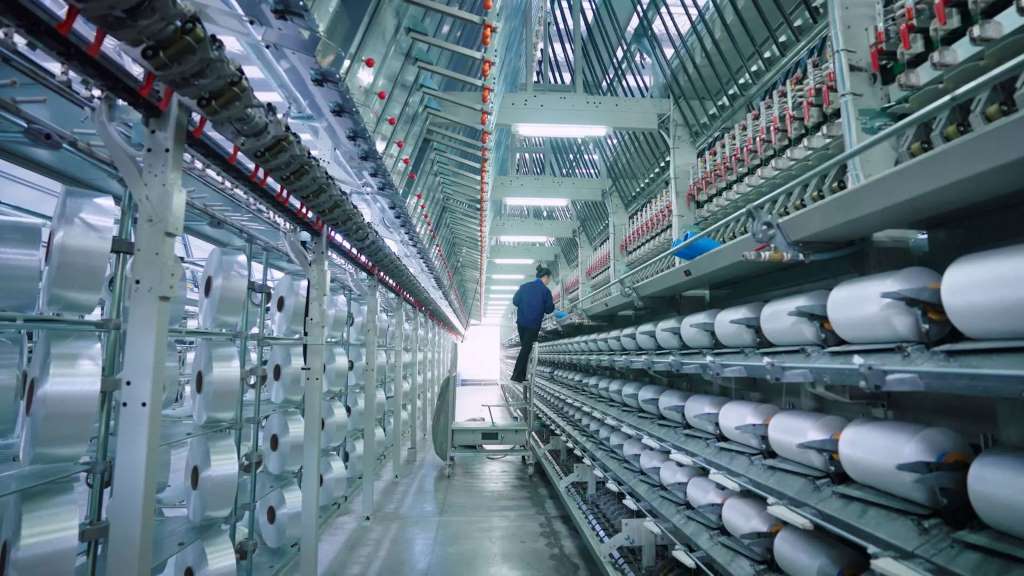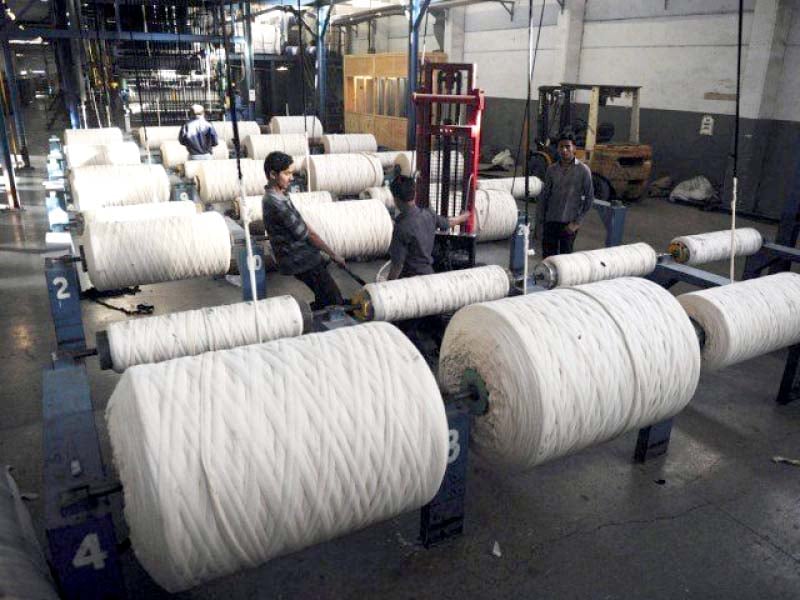
The traditional peak season of 2024 for the nylon filament yarn (NFY) market has brought a surprising twist. Unlike last year, where Fully Drawn Yarn (FDY) reigned supreme, Textured Yarn (DTY) has emerged as the hot commodity. This shift can be attributed to a combination of factors impacting global supply and demand.
Rising DTY demand
DTY's fortunes have been closely tied to price trends and consumption patterns. The pandemic's impact in 2022 led to significant overcapacity and a slump in demand, particularly for standard specifications. However, resurgence in travel and outdoor activities in 2023 spurred demand for sun protection products, a key application for DTY. This trend continued into 2024, with DTY finding wider usage in various sectors like leisurewear, underwear, and activewear (including popular styles like shark pants and Barbie pants). The shift in demand from FDY to DTY is a clear sign of changing consumer preferences, say experts. The focus on functionality and comfort in apparel is driving the growth of DTY applications.
Data from industry reports highlights this growth. DTY exports saw a significant jump of 23 per cent year-on-year in 2023, reaching 113,000 tons. The first quarter of 2024 maintained this momentum with a 13 per cent increase in exports. Notably, the demand for DTY specifications has expanded beyond the popular choices of 2021, indicating a broader market acceptance.
Supply chain lags behind
While DTY demand flourishes, the supply side presents a different picture. Unlike DTY, FDY experienced a surge in demand for sun protection products in 2023. This led filament factories to prioritize new capacity additions for FDY, alleviating the tight supply situation in 2024.
In contrast, DTY witnessed its last major capacity expansion in 2021-2022. While demand improved in 2023, it didn't match the fervor for FDY. This limited the incentive for significant new capacity additions for DTY in the following period. As a result, current DTY production is running at full capacity, struggling to keep pace with the rising demand. This supply-demand imbalance is expected to persist in the near future, with backlogs for high-end DTY products becoming a norm. As an expert points out current DTY equipment is already running at full capacity. This means that supply will be difficult to fully match demand in the short term.
Impact on the broader NFY market
The tight supply of DTY also affects upstream segments of the NFY market. The limited availability of mid-to-high-end Partially Oriented Yarn (POY) further complicates the situation. This has led to increased demand for low-end POY, keeping low-end filament factories busy throughout 2024. “The current supply-demand pattern for DTY will likely persist for some time, and backlogging of high-end products will continue to be the norm this year,” says a market analyst specializing in the NFY sector.
Furthermore, nylon filament factories in South China have shifted their production lines from HOY (Heat-Set Oriented Yarn) to POY, leading to a scarcity of HOY. This has pushed processing fees for HOY upwards, with some mid-to-low-end POY filament factories resorting to processing HOY to meet the demand.
The global NFY market is experiencing a shift with DTY taking center stage. While DTY demand flourishes, supply struggles to keep pace. This situation creates opportunities for manufacturers who can adapt and fulfill DTY orders despite the current limitations. The coming months will be crucial to see how the industry responds to this evolving landscape.












